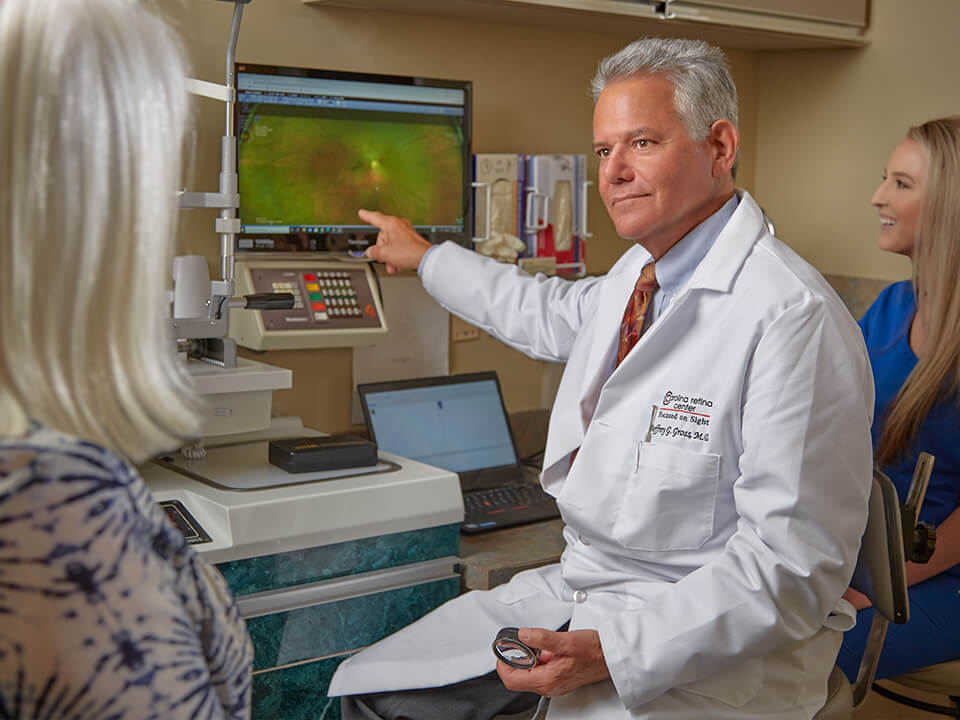All Things Retina: The Part of the Eye That Makes Vision Possible

Our eyes allow us to observe everything from the most mundane scenes to the most extraordinary spectacles. Many people have a vague understanding of how the eye makes this possible, but the truth about how vision works may surprise you. The main part of the eye that is responsible for vision is the small but powerful retina. Many people may not realize how essential this minuscule part of the eye is for having good eyesight. When the retina is injured or damaged due to disease or aging, it can cause a wide range of vision changes, from mild symptoms to total vision loss.
Retinal Anatomy and Function
Lining the back of the eye is the retina, which is a thin, practically transparent layer of light-sensitive tissue. The retina’s membrane tissue consists of millions of photoreceptor cells called rods and cones. Rods are responsible for our ability to perceive shapes, light, darkness, and movement. Cones bring focus to the images we see by providing the power of fine detail and color. When light enters the eye via the lens, the rods and cones capture the light signals and send them to the brain via the optic nerve. The brain then makes sense of the light signals and transforms them into an image.
The retina consists of several subsections and layers, each with its own unique contribution to making the retina function. At the center of the retina is an oval-shaped area known as the macula. At the very center of the macula is the fovea. Containing the highest concentration of cones anywhere in the retina, the fovea is the part of the eye responsible for central vision and perceiving fine details. The retinal vascular system, which consists of a central artery, veins, and branches, fuels the retina with a steady supply of blood and oxygen.
Common Issues That Affect the Retina
The retina is an exceedingly delicate part of the eye. If not protected and cared for, the retina can be damaged by a wide range of factors, including illness, injury, genetics, underlying health conditions (i.e., diabetes), and lifestyle factors (i.e., smoking). Aging also plays a significant role in the health of the retina. For example, age-related macular degeneration, which is one of the most common retinal conditions, occurs when the macula starts to deteriorate as a result of the natural aging process.
Signs and Symptoms of Retinal Problems
When it comes to treating retinal conditions, time is of the essence. It’s important for patients to seek out medical care if they experience any of the following symptoms:
- Blurriness
- Distorted vision
- Difficulty performing basic activities, such as reading, watching television, or driving
- Changes in night vision
- Flashers and/or floaters
- Pain and/or sensitivity to light
The longer these symptoms exist without proper attention, the more likely it becomes for patients to lose at least part of their vision permanently. This is especially true for flashes and floaters, which can indicate a medical emergency. In many cases, when diagnosed and treated early, retinal conditions can be successfully managed and vision can be preserved or restored.
At Palmetto Retina Center, we have a long history of serving the South Carolina community with the most comprehensive and state-of-the-art retinal care available. To learn more about retinal conditions, diagnostics, and treatment, contact us today.
